The Toyota 4Runner: A Comprehensive Look At Its Seating Capacity
The Toyota 4Runner: A Comprehensive Look at its Seating Capacity
Related Articles: The Toyota 4Runner: A Comprehensive Look at its Seating Capacity
Introduction
With great pleasure, we will explore the intriguing topic related to The Toyota 4Runner: A Comprehensive Look at its Seating Capacity. Let’s weave interesting information and offer fresh perspectives to the readers.
Table of Content
The Toyota 4Runner: A Comprehensive Look at its Seating Capacity

The Toyota 4Runner, known for its rugged durability and off-road prowess, has been a mainstay in the SUV market for decades. While its reputation as a capable off-roader is well-established, the question of passenger capacity often arises, specifically regarding the availability of a third-row seat.
A Brief History of the 4Runner
To understand the 4Runner’s seating configuration, a look at its history is essential. Introduced in 1984 as a compact SUV based on the Hilux pickup truck, the 4Runner initially came with a two-door configuration and a removable hardtop. Later generations saw the introduction of four-door models and increased interior space.
The 4Runner’s Seating Options
The 4Runner has consistently offered a spacious and comfortable cabin, but the inclusion of a third-row seat has never been part of its standard configuration. The 4Runner has always prioritized its off-road capabilities and cargo space, and a third-row would compromise these aspects. Instead, the 4Runner has focused on providing ample seating for five passengers, with a generous cargo area for gear and luggage.
The Rationale Behind the Absence of a Third Row
The decision to exclude a third row in the 4Runner is rooted in its design philosophy. A third-row seat would necessitate a longer wheelbase and a higher roofline, significantly impacting the vehicle’s off-road performance.
- Ground Clearance: A longer wheelbase would decrease ground clearance, making the 4Runner less capable of navigating obstacles and rough terrain.
- Approach and Departure Angles: A higher roofline would compromise the approach and departure angles, limiting the vehicle’s ability to tackle steep inclines and descents.
- Cargo Space: A third-row would significantly reduce the cargo space available, diminishing the 4Runner’s practicality for outdoor activities and adventures.
Alternatives for Increased Passenger Capacity
While the 4Runner doesn’t offer a third-row seat, Toyota provides alternative options for families requiring more passenger capacity:
- The Toyota Highlander: The Highlander is a mid-size SUV that offers three rows of seating and ample cargo space, making it a suitable choice for larger families.
- The Toyota Sequoia: The Sequoia is a full-size SUV with a robust design and three-row seating, providing ample space for passengers and cargo.
FAQs: The 4Runner’s Seating Configuration
Q: Does the Toyota 4Runner have a third-row seat?
A: No, the Toyota 4Runner does not come with a third-row seat.
Q: Why doesn’t the 4Runner have a third-row seat?
A: The 4Runner is designed to prioritize off-road capabilities and cargo space. A third-row would compromise these aspects by increasing the vehicle’s size and weight.
Q: Are there any Toyota SUVs that offer a third-row seat?
A: Yes, the Toyota Highlander and the Toyota Sequoia both offer three-row seating.
Q: What is the maximum passenger capacity of the Toyota 4Runner?
A: The Toyota 4Runner has a maximum passenger capacity of five.
Tips for Maximizing the 4Runner’s Seating and Cargo Space
- Utilize the 4Runner’s Fold-Down Rear Seats: The 4Runner’s rear seats can be folded down to increase cargo space, making it ideal for transporting bulky items.
- Invest in Roof Racks: Roof racks provide additional storage space for luggage and gear, freeing up interior space for passengers.
- Use Cargo Organizers: Cargo organizers help maximize the use of cargo space and keep items secure during travel.
Conclusion
The Toyota 4Runner, while not equipped with a third-row seat, remains a highly capable and versatile SUV. Its focus on off-road performance, spacious interior, and ample cargo space makes it an excellent choice for adventurers and outdoor enthusiasts seeking a rugged and reliable vehicle. While the absence of a third-row may limit its passenger capacity, Toyota offers alternative SUV models, such as the Highlander and the Sequoia, for families requiring additional seating.

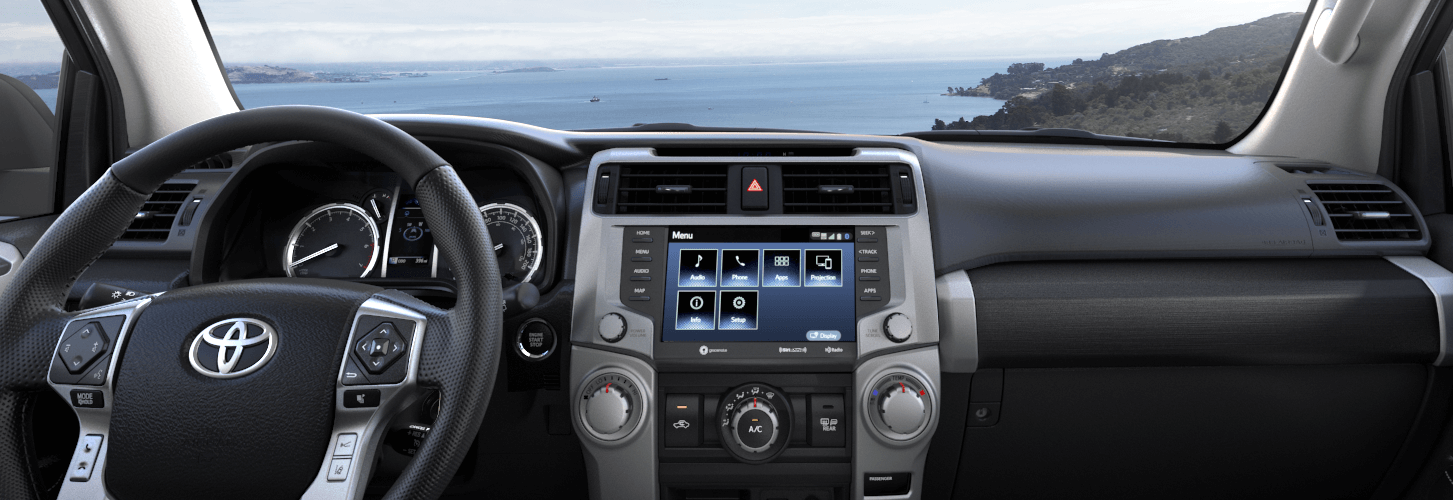
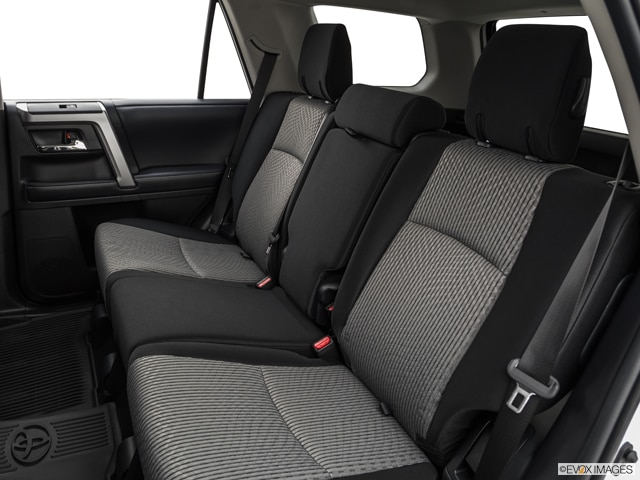


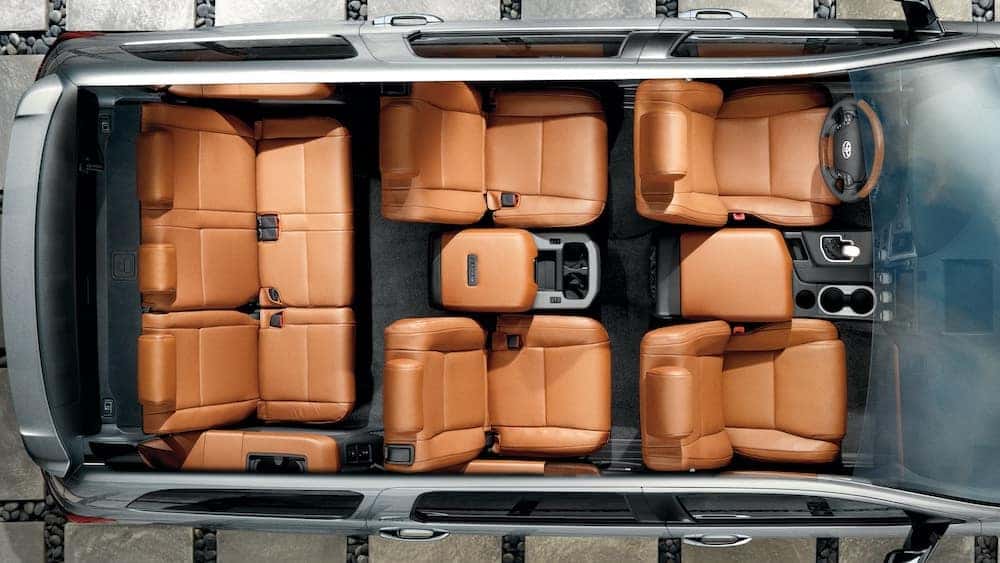
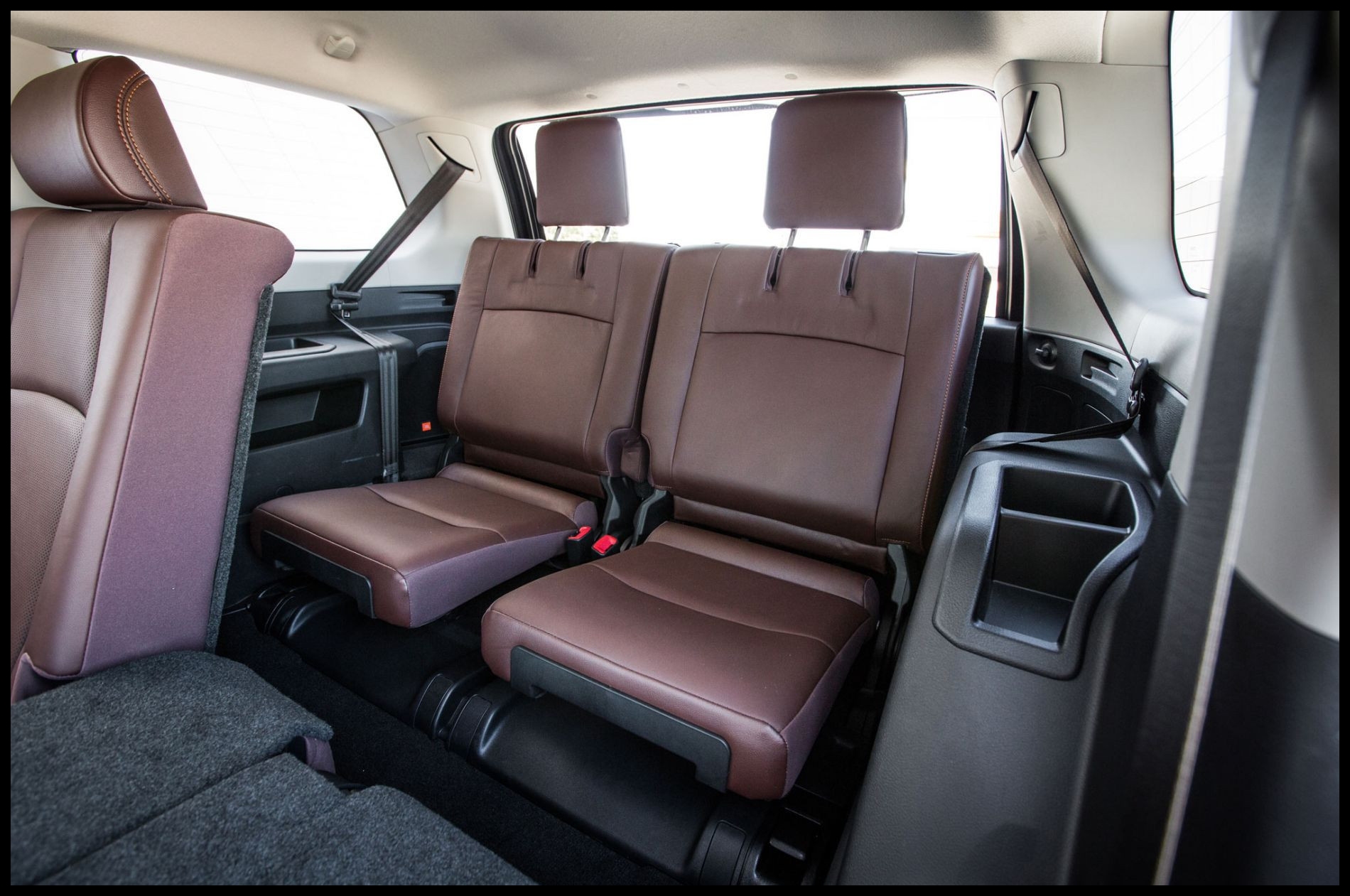
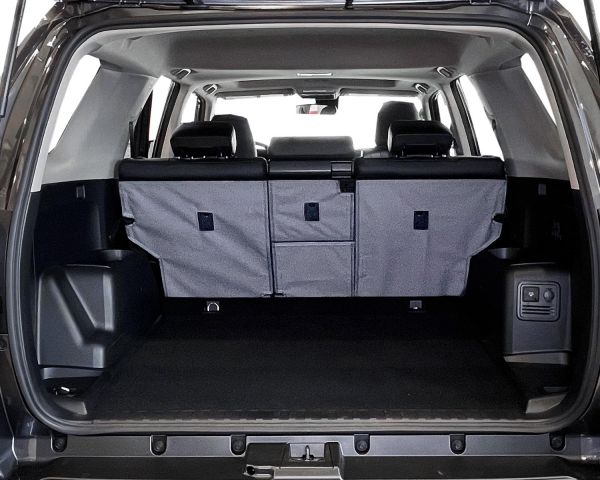
Closure
Thus, we hope this article has provided valuable insights into The Toyota 4Runner: A Comprehensive Look at its Seating Capacity. We thank you for taking the time to read this article. See you in our next article!
You may also like
Recent Posts
- The 2025 Toyota 4Runner: A Legacy Reimagined
- The Enduring Appeal Of The Toyota 4Runner Manual Transmission 4×4
- The Toyota 4Runner TRD Off-Road: A Legacy Of Adventure, Reimagined For 2025
- The Anticipation Builds: Unveiling The Next Generation Toyota 4Runner
- The 2025 Toyota 4Runner TRD: A Legacy Of Adventure Reimagined
- The Future Of Color: Exploring The Significance Of Color Trends
- The Toyota 4Runner: A Legacy Of Capability, Now With Expanded Seating
- The Toyota 4Runner Timing Belt: A Vital Component For Engine Longevity
Leave a Reply